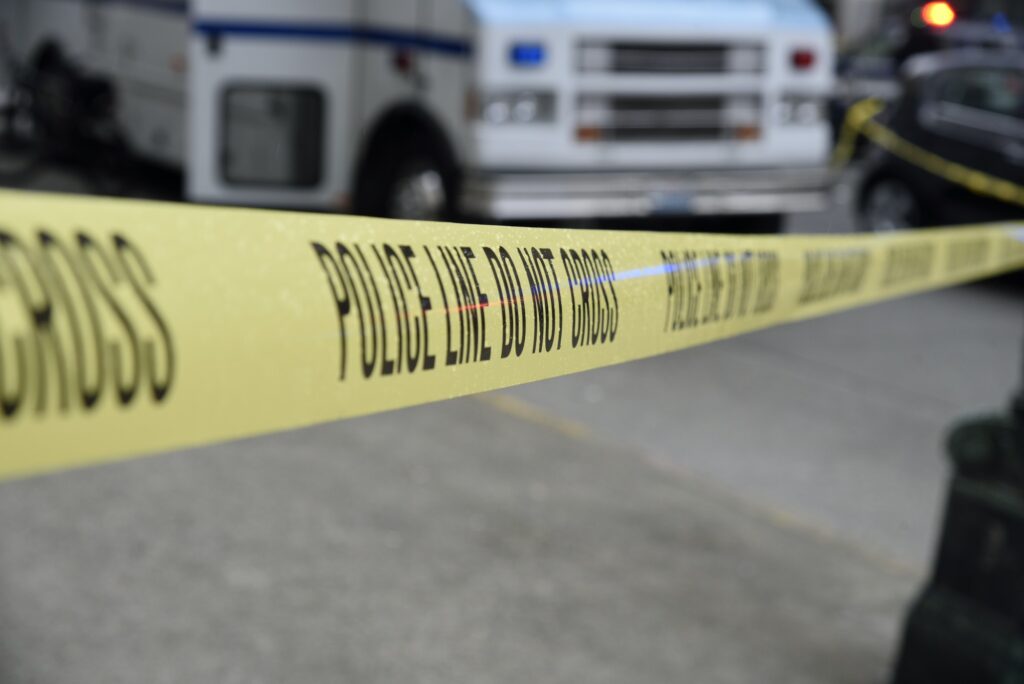Bullying, intimidation and verbal threats are the least reported but the most common forms of workplace violence. However, according to FBI statistics, 80% of active shooter incidents occur in the workplace as well. Approximately 2 million people a year are affected by some form of workplace violence.
An Active Shooter is an individual actively engaged in killing or attempting to kill people in a confined and populated area; in most cases, active shooters use firearms(s) and there is no pattern or method to their selection of victims. Active shooter situations are unpredictable and evolve quickly. Typically, the immediate deployment of law enforcement is required to stop the shooting and mitigate harm to victims. Because active shooter situations are often over within 10 to 15 minutes, before law enforcement arrives on the scene, individuals must be prepared both mentally and physically to deal with an active shooter situation.
Good practices for coping with an active shooter situation include:
- Be aware of your environment and any possible dangers
- Take note of the two nearest exits in any facility you visit
- If you are in an office, stay there and secure the door
- If you are in a hallway, get into a room and secure the door
- As a last resort, attempt to take the active shooter down.
- When the shooter is at close range and you cannot flee, your chance of survival is much greater if you try to incapacitate him/her.
If the active shooter is nearby:
- Lock the door
- Silence your cell phone and/or pager
- Turn off any source of noise (i.e., radios, televisions)
- Hide behind large items (i.e., cabinets, desks)
- Remain quiet If evacuation and hiding out are not possible:
- Remain calm
- Dial 911, if possible, to alert police to the active shooter’s location
- If you cannot speak, leave the line open and allow the dispatcher to listen 3.
Take action against the active shooter as a last resort, and only when your life is in imminent danger, attempt to disrupt and/or incapacitate the active shooter by:
- Acting as aggressively as possible against him/her
- Throwing items and improvising weapons
- Yelling
- Committing to your action.
TRAINING YOUR STAFF FOR AN ACTIVE SHOOTER SITUATION
To best prepare your staff for an active shooter situation, create an Emergency Action Plan (EAP), and conduct training exercises. Together, the EAP and training exercises will prepare your staff to effectively respond and help minimize loss of life. Components of an Emergency Action Plan (EAP) Create the EAP with input from several stakeholders including your human resources department, your training department (if one exists), facility owners / operators, your property manager, and local law enforcement and/or emergency responders.
An effective EAP includes:
- A preferred method for reporting fires and other emergencies
- An evacuation policy and procedure
- Emergency escape procedures and route assignments (i.e., floor plans, safe areas)
- Contact information for, and responsibilities of individuals to be contacted under the EAP
- Information concerning local area hospitals (i.e., name, telephone number, and distance from your location)
- An emergency notification system to alert various parties of an emergency including: – Individuals at remote locations within premises – Local law enforcement – Local area hospitals Components of Training Exercises
The most effective way to train your staff to respond to an active shooter situation is to conduct mock active shooter training exercises. First Choice Detective Agency provides resources for conducting such training exercises.
Prevention
- Foster a respectful workplace
- Be aware of indications of workplace violence and take remedial actions accordingly.
For more information on creating an EAP contact me at: https://firstchoicedetectiveagency.com




